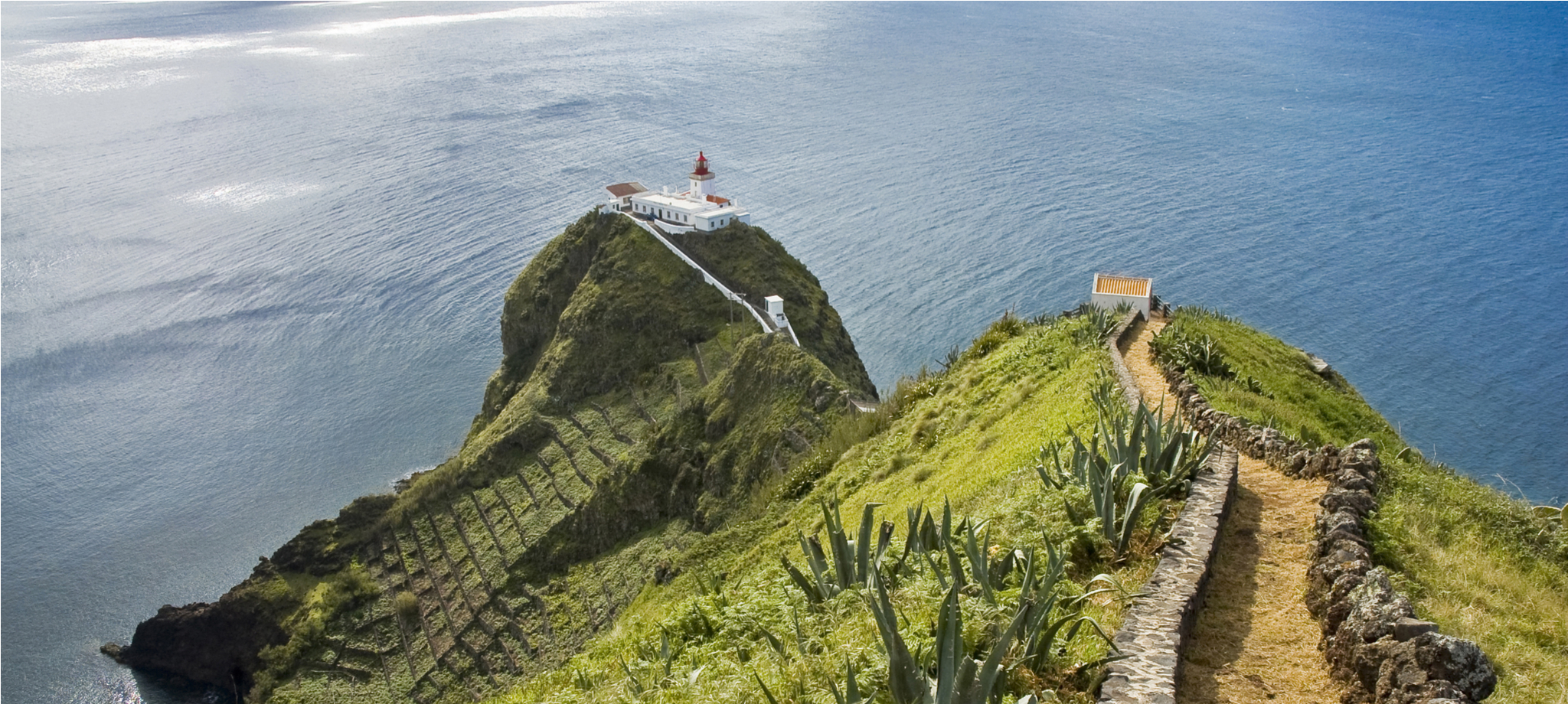Gastronomy of Graciosa Island: a feast for the senses
Graciosa Island’s gastronomy is deeply rooted in its abundant natural resources and centuries-old traditions, offering a unique culinary experience in the Azores.
Seafood delights
Fish is a cornerstone of Graciosa’s culinary heritage, with fresh catches from its rich coastal waters taking center stage. Traditional dishes include hearty fish stews and baked parrotfish, bursting with local flavors. For seafood lovers, the island’s lobsters and spider crabs are a luxurious treat, while smaller crabs and goose barnacles make for irresistible appetizers.
Queijadas da Graciosa: the typical desert
The island’s sweets are as varied as they are indulgent. Among the highlights are the famous cheesecakes (queijadas) and other specialties with intriguing names like encharcados de ovos, capuchas, bolos de junça, cavacas, barrigas, pasteis de arroz, escomilhas, and the soft and sweet massa sovada, a traditional bread closely associated with the Holy Ghost Festivals.
To complement, an exceptional wine
This island boasts its famous white wine, known for being light, dry, and fruity—perfect for pairing with seafood. The island’s vinho de cheiro, a fragrant wine, is a staple at festivals, while aged brandy serves as an excellent digestive. For those with a sweet tooth, the locally produced angelica wine offers a delightful finale to any meal.
Graciosa’s winemaking tradition dates to the early 16th century when the first settlers planted vines in the island’s distinctive lava beds, known as biscoitos. These sunlit, slightly damp terrains provided ideal conditions for growing the initial verdelho grape variety. Despite the devastation of vineyards by phylloxera in the 19th century, resilient strains like arinto and terrantas ensured the survival of this cherished tradition. Today, these vineyards are a testament to the island’s perseverance and passion for winemaking.
Graciosa’s gastronomy reflects the island’s rich history, abundant resources, and community spirit, making it a must-visit destination for food and wine enthusiasts. From its fresh seafood to its luscious wines and sweets, Graciosa invites you to savor the flavors of the Azores.
Best restaurants in Graciosa, Azores
1. José Martins Bar e Restaurante
Located in Santa Cruz da Graciosa, this restaurant is renowned for its fresh seafood dishes, including fish stews, grilled fish, and lobster specialties, served in a cozy setting.
2. Restaurante Quinta das Grotas
Nestled near Santa Cruz, this farm-to-table restaurant highlights locally sourced ingredients, offering delicious meals with fresh vegetables, meats, and homemade desserts.
3. Restaurant Beira Mar
Situated in Praia, this restaurant combines a stunning ocean view with dishes like grilled fish, calamari, and seafood rice, making it a must-visit spot for seafood lovers.
4. Café Restaurante Apolo 80
In the heart of Santa Cruz da Graciosa, this casual dining spot serves traditional Azorean meals, light snacks, and mouthwatering desserts, perfect for any time of the day.
5. Restaurante Costa do Sol
Located in Santa Cruz, it offers traditional dishes such as octopus stew, barnacles, and spider crabs, paired with locally-produced wines and the famous Queijadas da Graciosa.
6. Restaurante Fragata
Based in Praia, this restaurant specializes in fresh shellfish like spider crabs and shrimp, delivering a truly authentic Azorean dining experience.
7. Snack-Bar Grapevine
A laid-back spot in Santa Cruz da Graciosa, it’s ideal for enjoying quick meals, local snacks, and wines in a relaxed and friendly atmosphere.
There’s plenty to taste, but there’s also plenty of places and activities to do on the island! Check out our Azores tour packages for a perfect trip!
